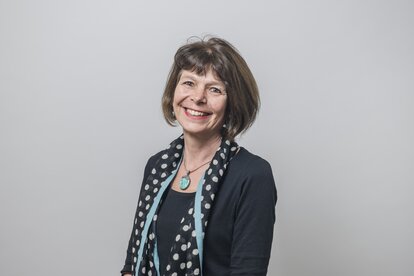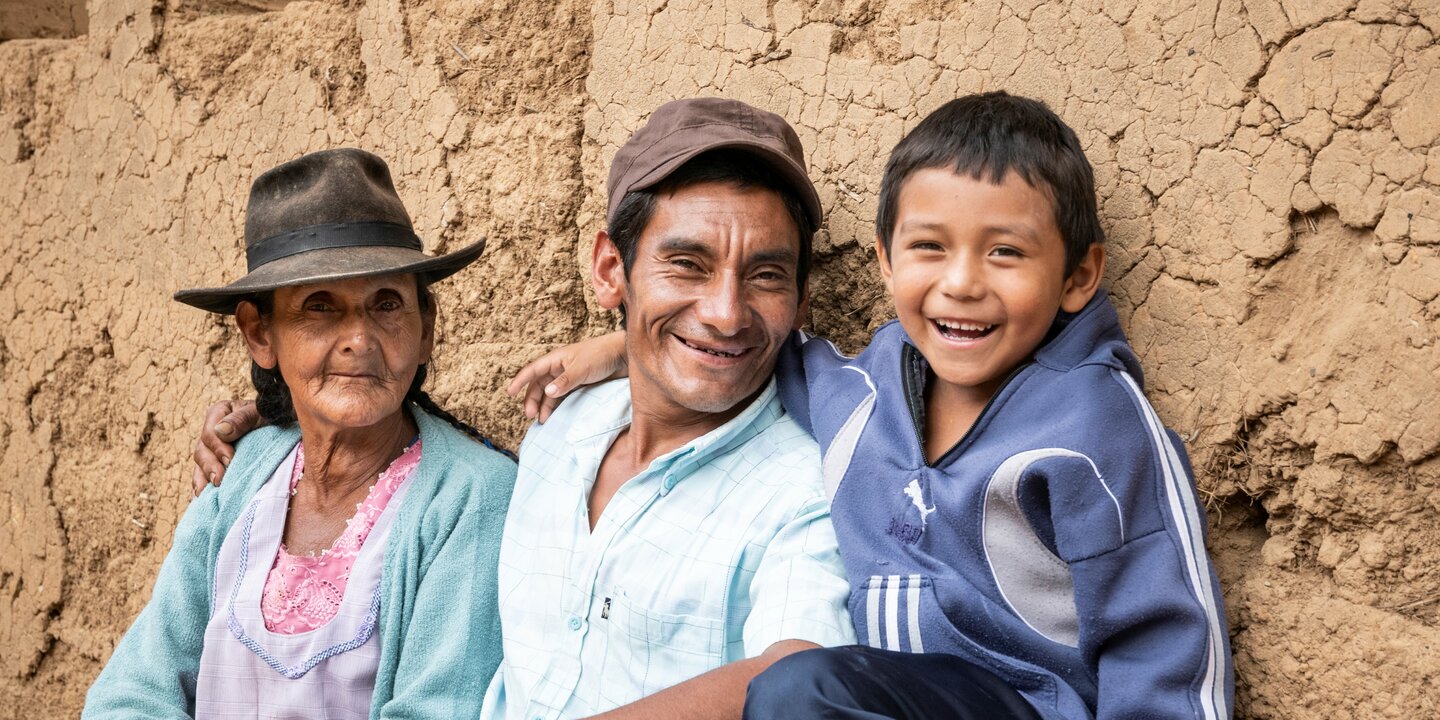Madagascar is a country of rich biodiversity and stunning natural beauty, but also of deeply entrenched poverty, especially in remote rural areas where basic services are often poorly accessible. Indeed, in some of the areas in which we work, such as those covered under the Münsingen programme, nearly everyone can be classified as poor. Using the UNDP definition of poverty as lacking the basic means for sustainable subsistence (not only in economic terms, but also access to education, health care and participation in decision-making), well over 90% of the population in the regions of Androy and Atsimo Atsinanana fall below the poverty line. In such circumstances, it is easy to assume that any development intervention will have a positive impact overall. However, the reality is not so simple, and there are clear differences in the ability of different families to respond to external inputs.
In common with all our country programmes, the Madagascar team have developed a definition of what it means to be disadvantaged in their country context – the term more commonly used in Madagascar is vulnerable. Indeed, they have gone a step further, in raising funds themselves to help a number of individuals with physical disabilities, as mentioned in an earlier blog and now described in a video.
The Madagascar definition of vulnerability uses a “photo de famille” – a set of criteria covering 20 aspects that are grouped into four main categories: income and means of production; basic rights and standard of living; potential for socio-economic integration; and external factors (accessibility and degree of security, given that theft and armed robbery is an issue). A potential shortcoming of this approach was that gender dynamics within the family would be inadequately addressed. However, this was also explicitly addressed; in fact it turned out that many of the most vulnerable households are female-headed. The use of multiple indicators is of course nothing new in itself; the challenge lies in putting the system into practice, and developing ways of intervening that are really appropriate. I have just been reading a “capitalisation” document of these experiences in one commune, that of Ambohipihaonana Ihazolava.
So what were successful ways of reaching the most vulnerable? Community work using paid manual labour was one – individuals were then encouraged to put aside a little of what they earned in wages to a savings and credit group. The fact that the paid labour was guaranteed over a regular period of time – five months – was important, as most of those concerned had never had such a degree of certainty of employment. Various small income generation schemes were then suggested, and technical advice given. As might be expected, people found it easier to start with traditional activities with which they were already familiar; any technical explanations had to be provided in a clear and simple manner; and recommendations had to be based on an expectation of very low capital investment. The indigenous system of shared labour (along the lines of you work for a day building my house; I work for a day building yours) was also encouraged. Although none of these ways of working are particularly new, the careful targeting, tailoring, and interlinking of activities contrasts with more thematically focused approaches.
What is interesting to note is the difference made by a deliberate focus on the most vulnerable. Individuals who had never before been a focus of attention, particularly from persons coming from outside the community (in this case staff of a local NGO), gained motivation and a belief in the possibility of changing their lives. Furthermore, they managed to retain this belief even when things went wrong. Occasional set-backs such as crop losses due to bad weather or the death of small animals (chickens, ducks and pigs) could not be eliminated, but making the best of such difficulties takes self-confidence and self-motivation. The report concludes (amongst other things) that while there was a cost in accompanying families on a personal basis, it was a cost that was justifiable in terms of the positive results achieved.
This particular conclusion chimes exactly with a finding from a large, mainly British (DFID)-supported programme focusing on the extreme poor in Bangladesh. I had the opportunity last year to visit this programme, Shiree, on behalf of the Swiss Agency for Development and Cooperation. In a blog written shortly afterwards, the importance of regular visits by outsiders in addressing the psychology of poverty is one of the particular points made. We all appreciate personal interest and encouragement from others; how much more that must be the case if one has never previously had it.




